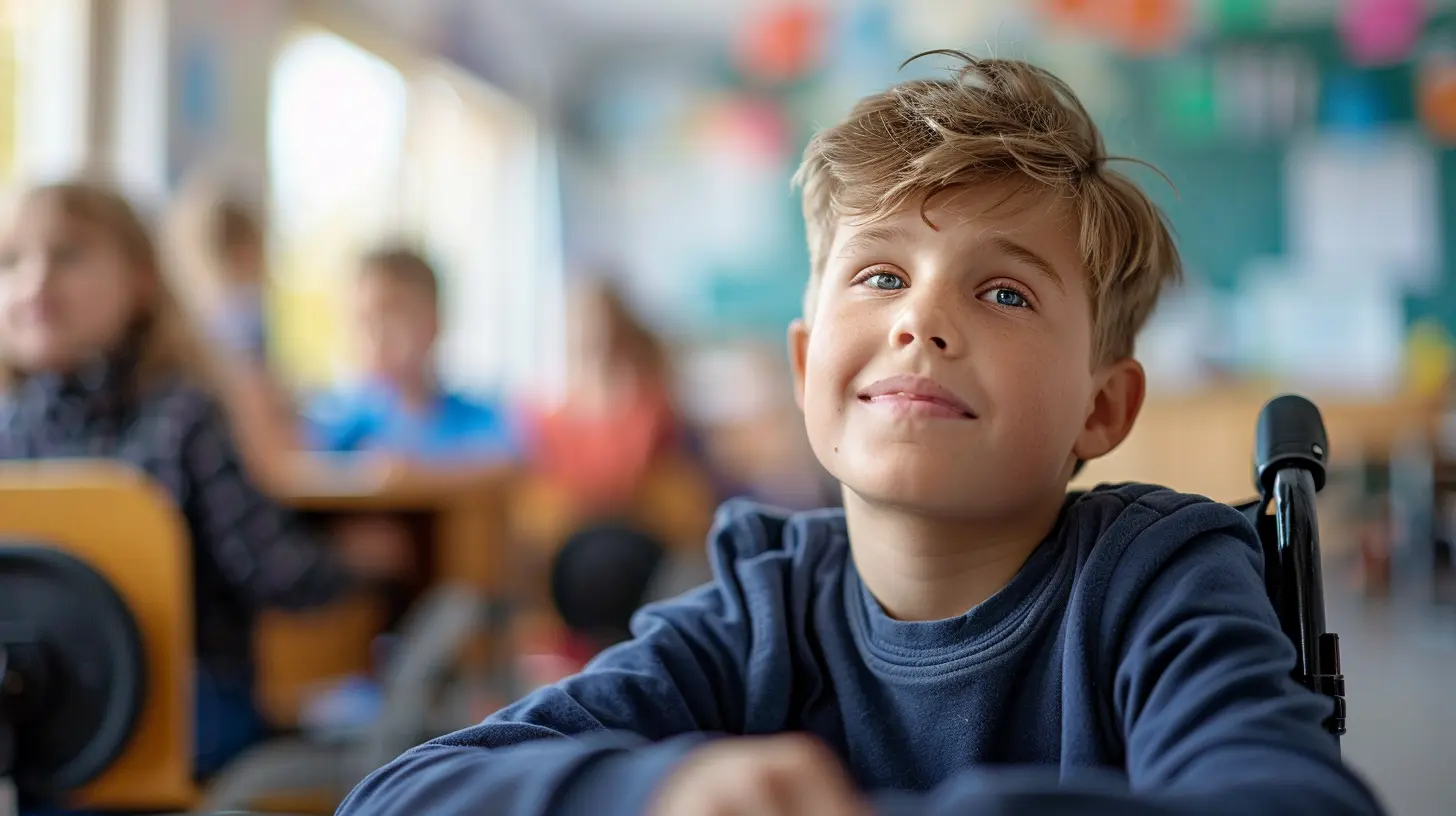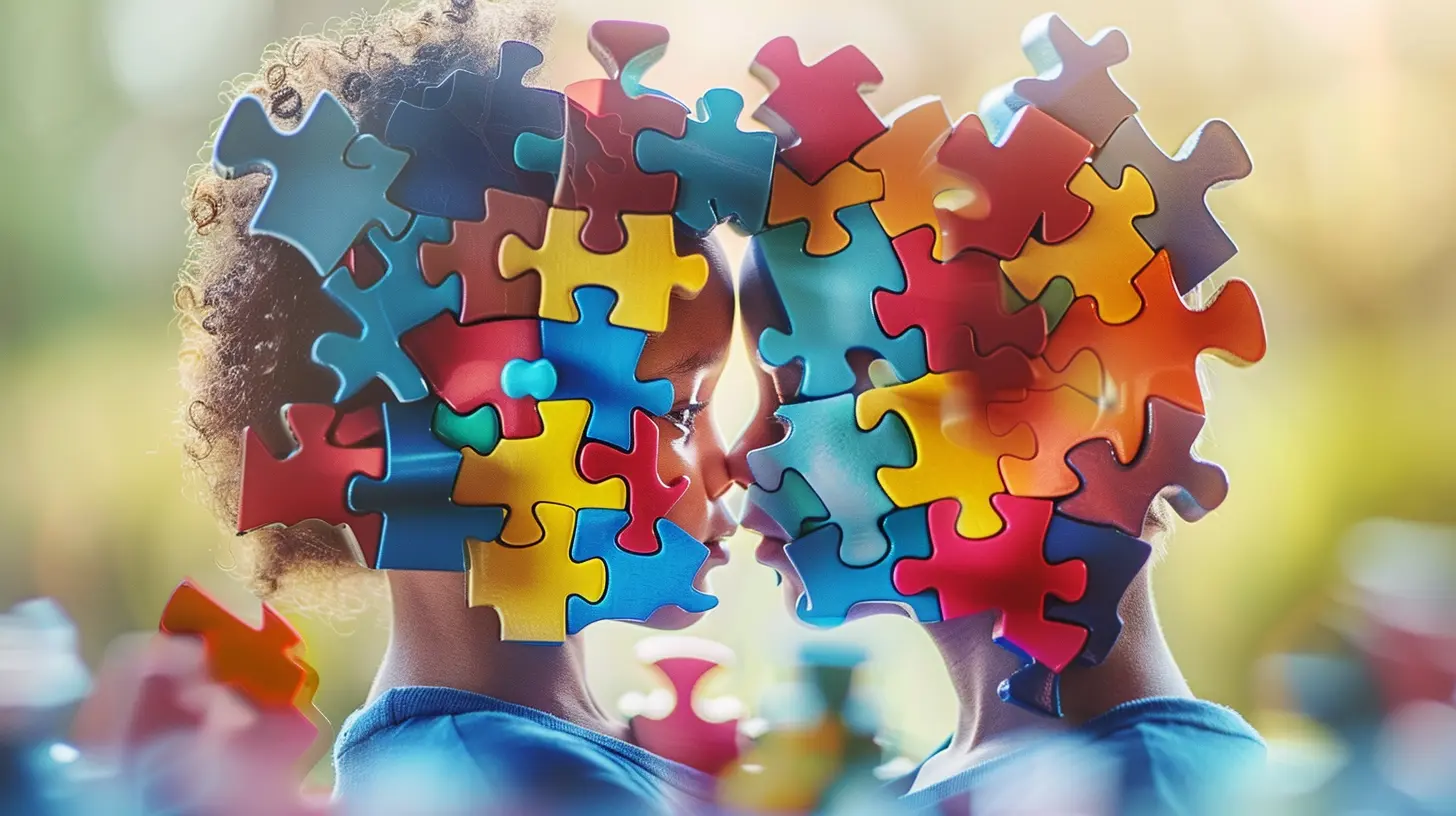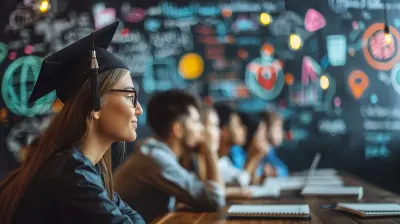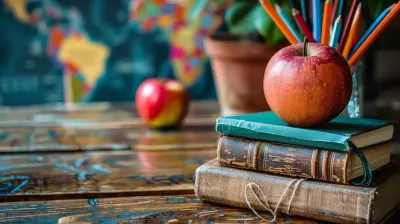How to Identify and Support Twice-Exceptional Learners
29 May 2025
Education is not one-size-fits-all. Some students shine in one area but struggle in another, making it difficult to place them into neat categories. Twice-exceptional (2e) learners fall into this unique category—they are both gifted and have a learning difference. These students possess extraordinary strengths while also facing challenges that can make traditional schooling difficult.
So, how do you spot a twice-exceptional learner, and more importantly, how can you support them so they reach their full potential? Let's dive in. 
What Does "Twice-Exceptional" Mean?
A twice-exceptional learner is a student who is both intellectually gifted and has a learning disability or other challenge. They may excel in areas such as problem-solving, creativity, or abstract thinking but struggle with things like organization, processing speed, or focus.These challenges can mask their strengths or vice versa, making it tricky for educators and parents to identify them.
Common Learning Differences in 2e Students
Twice-exceptional students often have one or more of the following learning differences:- Dyslexia – Difficulty with reading and writing, despite high verbal intelligence.
- ADHD (Attention Deficit Hyperactivity Disorder) – Struggles with focus, organization, and impulse control while being highly creative and quick-thinking.
- Autism Spectrum Disorder (ASD) – Exceptional memory or analytical abilities but difficulties with social interaction.
- Sensory Processing Disorder – Strong intellectual abilities but overwhelmed by sensory input like noise or textures.
- Executive Function Challenges – Trouble with planning, time management, and task completion.
Because they have both exceptional strengths and difficulties, these students are sometimes misunderstood, misdiagnosed, or overlooked. 
How to Identify Twice-Exceptional Learners
Spotting a twice-exceptional learner isn’t always straightforward. Their strengths can compensate for their struggles, or their struggles can overshadow their strengths. Here are some signs to look for:1. Uneven Skill Development
A 2e student may have advanced knowledge in one subject but struggle significantly in another. For example, they might be able to solve complex math problems in their head but struggle to write a coherent sentence.2. Intense Curiosity and Deep Thinking
Many 2e students have a strong desire to explore topics in depth. They may ask complex questions, think critically, and analyze situations from multiple angles.3. Difficulty with Routine Tasks
Basic tasks like organizing a backpack, following step-by-step instructions, or remembering assignments can be extremely challenging. These struggles often lead to frustration and underperformance.4. High Creativity but Poor Execution
These students may come up with brilliant ideas but struggle to bring them to life. For instance, they may excel in storytelling but have trouble writing their ideas down in a structured way.5. Social and Emotional Sensitivities
Some 2e students struggle with social interactions, while others may experience intense emotions. They might feel extreme frustration when facing failure or have difficulty connecting with peers.6. Inconsistent Academic Performance
One day, they might ace a test; the next, they might fail a simple assignment. This inconsistency can cause educators and parents to misinterpret their abilities.
How to Support Twice-Exceptional Learners
Once you’ve identified a 2e student, the next step is creating a learning environment that helps them thrive. Here’s how you can do that:1. Focus on Strengths First
Instead of concentrating on what they struggle with, start by nurturing their strengths. If they're great at math but struggle with reading, engage them in math-based challenges that include reading components rather than forcing them into traditional literacy exercises.2. Provide Individualized Learning Plans
Each 2e student is unique, so a one-size-fits-all approach won't work. Work with teachers and specialists to develop an individualized education plan (IEP) or a 504 plan that supports both their strengths and challenges.3. Incorporate Hands-On and Creative Activities
Traditional learning methods might not always work for these students. Using project-based learning, gamification, or hands-on activities can help them stay engaged while catering to their unique way of thinking.4. Teach Executive Functioning Skills
Many 2e students struggle with organization, time management, and task completion. Teach them strategies like:- Using planners or digital tools for organization
- Breaking tasks into smaller steps
- Setting timers to stay on track
- Creating visual schedules
5. Offer Emotional and Social Support
Because 2e students often experience frustration, self-doubt, or social difficulties, emotional support is crucial. Encourage open conversations about their challenges and strengths, and consider social skills coaching or counseling if needed.6. Challenge Them Academically
Even if they struggle in some areas, remember that they still need intellectual stimulation. Provide opportunities for advanced coursework, creative problem-solving, or independent research projects that align with their interests.7. Foster a Growth Mindset
Twice-exceptional students may feel discouraged when they struggle with things that seem easy for their peers. Teaching them about a growth mindset—the belief that abilities can develop with effort—can help them build resilience and persevere through difficulties.
The Role of Parents and Educators
Both educators and parents play a crucial role in supporting twice-exceptional learners. Here’s how they can help:For Parents
- Advocate for your child’s needs at school.- Encourage their interests and provide opportunities for them to explore their strengths at home.
- Help them build organization and time management skills.
- Celebrate progress, no matter how small.
For Educators
- Use differentiated instruction to cater to varied learning needs.- Provide flexibility in assignments and evaluations.
- Encourage a supportive classroom environment where differences are accepted and strengths are celebrated.
- Collaborate with special education professionals to create effective support strategies.
Final Thoughts
Twice-exceptional learners possess incredible abilities, but they also face unique challenges. When their needs go unrecognized, they can become frustrated, disengaged, and even mislabeled as underachievers. However, with the right support, they can flourish in both academic and personal life.By understanding and embracing their unique strengths and struggles, we can help these students turn their challenges into superpowers. After all, the world needs more thinkers, creators, and problem-solvers, and twice-exceptional learners have the potential to change the game.
all images in this post were generated using AI tools
Category:
Learning DisabilitiesAuthor:

Bethany Hudson
Discussion
rate this article
3 comments
Destiny Wilson
Recognizing twice-exceptional learners requires a nuanced understanding of their unique strengths and challenges. By fostering an inclusive environment that celebrates their giftedness while addressing their specific needs, we empower these individuals to thrive. Supporting them not only enriches their lives but enhances our educational communities as a whole.
June 14, 2025 at 4:51 AM

Bethany Hudson
Thank you for highlighting the importance of a nuanced approach to recognizing and supporting twice-exceptional learners. Your insights on fostering an inclusive environment are crucial for empowering these individuals and enriching our educational communities.
Tala McElroy
Twice-exceptional learners are not a puzzle to solve; they’re a vibrant masterpiece. Let’s celebrate their uniqueness, not cushion it!
June 4, 2025 at 2:53 AM

Bethany Hudson
Thank you for this beautiful perspective! Celebrating the uniqueness of twice-exceptional learners is crucial in recognizing their full potential.
Bear McClintock
Empowering twice-exceptional learners opens a world of possibilities! By recognizing their unique strengths and challenges, we foster a nurturing environment that ignites their potential. Let's embrace their brilliance and support their journey to success—every student deserves the chance to shine!
June 1, 2025 at 3:15 AM

Bethany Hudson
Absolutely! Recognizing and supporting twice-exceptional learners is essential for unlocking their potential and fostering an inclusive educational environment.



